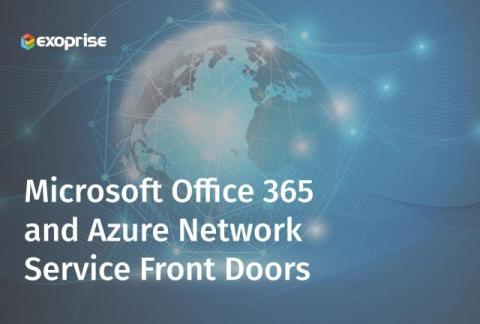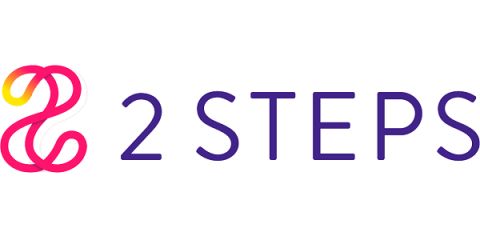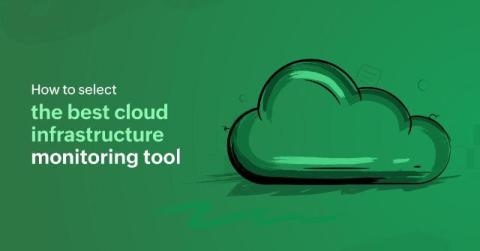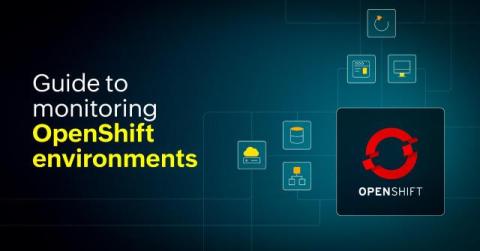The Symbiosis of Reality and Imagination: Advanced Development Services in Virtual and Augmented Realities
The convergence of reality and imagination has given rise to remarkable technological advancements, particularly in virtual reality (VR) and augmented reality (AR). These technologies, once a matter of science fiction, now offer diverse services that span industries and transform user experiences. VR and AR, through advanced development services, create immersive environments that redefine the boundaries of interaction, learning, entertainment and productivity.











